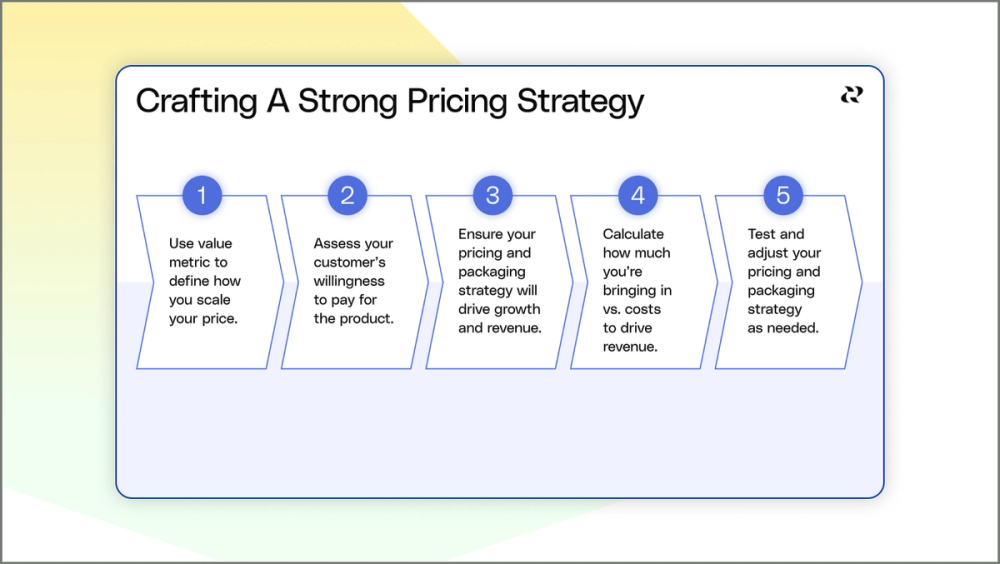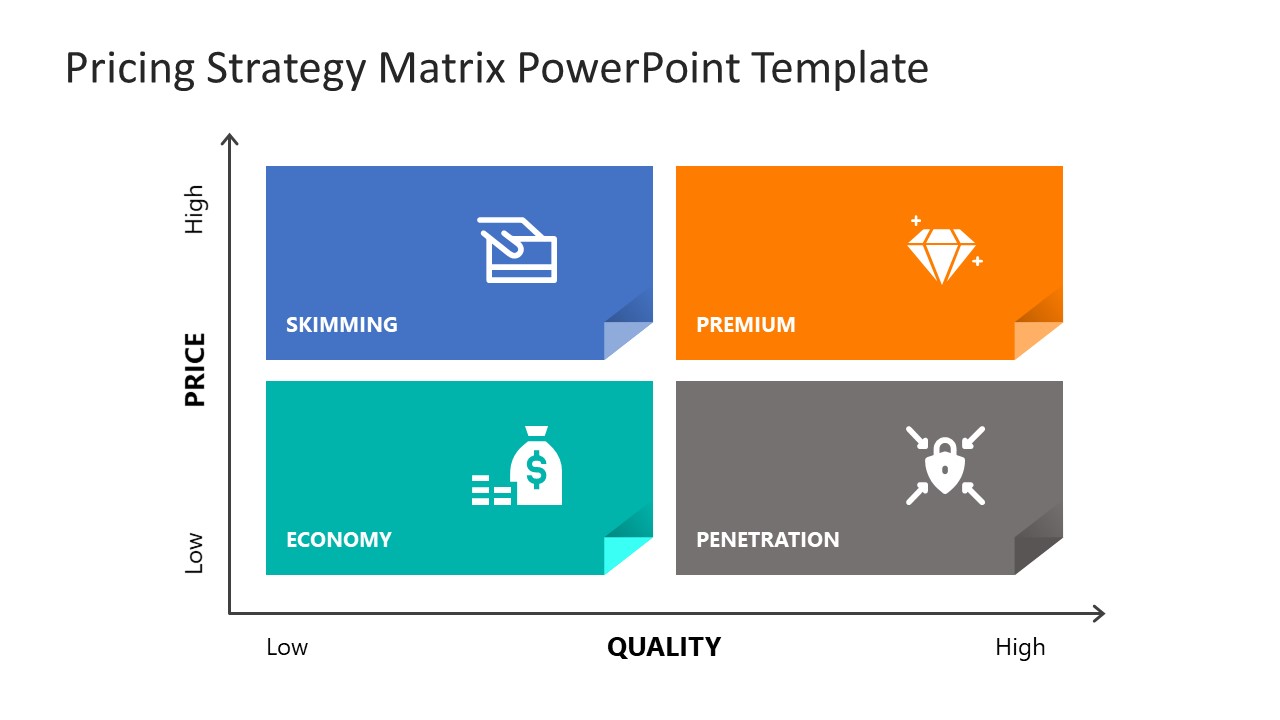Reviewing the Performance of Your Pricing Strategy in a Changing Market
Reviewing the Performance of Your Pricing Strategy in a Changing Market
Blog Article

Master Effective Pricing Methods to Maximize Revenue
In the ever-evolving landscape of business, grasping effective rates approaches is crucial for businesses aiming to maximize earnings. A nuanced understanding of pricing psychology can significantly influence client habits and acquiring choices.
Recognizing Prices Psychology
Understanding rates psychology is vital for businesses intending to optimize their pricing approaches. This area analyzes how consumers perceive prices and just how these understandings affect their investing in choices. Key ideas in rates psychology consist of the anchoring impact, where the preliminary price provided works as a reference point for consumers, and the principle of price level of sensitivity, which varies amongst various consumer sectors.
Additionally, companies can utilize the concept of regarded worth, where the regarded advantages of an item or solution can validate a higher cost point. For instance, costs rates can produce an aura of exclusivity, bring in consumers who link greater prices with premium quality. On the other hand, mental pricing, such as establishing a cost at $9.99 rather of $10, can considerably influence customer habits by making prices show up extra attractive.
Furthermore, shortage and urgency can boost the perceived value of products, prompting quicker purchasing decisions. Recognizing these emotional triggers makes it possible for businesses to develop prices approaches that not only drive sales yet additionally foster consumer commitment. Hence, understanding pricing psychology is vital for effective rates strategy solution, resulting in improved profitability and market positioning.
Implementing Value-Based Pricing

Next off, sector your clients based on their determination to pay and the worth they view. By doing so, you can tailor offerings and rates approaches to straighten with various sections.
After gathering understandings, set costs that reflect the optimum amount a client wants to pay, making certain that they perceive a reasonable exchange for the worth received. Communicate the value suggestion properly, highlighting the benefits and differentiators of your offering. Ultimately, constantly keep an eye on market conditions and consumer feedback to fine-tune your pricing method over time - Pricing Strategy. By implementing value-based pricing, organizations can enhance earnings while fostering long-lasting consumer commitment.
Exploring Dynamic Prices Versions
In today's rapidly transforming market landscape, dynamic pricing versions have become a powerful technique for services seeking to enhance profits and react to changes in need. These versions allow business to adjust their costs in real-time based upon various aspects such as customer behavior, market patterns, and stock degrees. By leveraging information analytics and formulas, businesses can identify ideal rates factors that make the most of sales while continuing to be affordable.
Dynamic pricing can take various types, consisting of time-based pricing, where prices fluctuate based on time of day or period, and demand-based pricing, which their explanation changes prices according to current customer demand. This flexibility not only improves profitability yet additionally boosts consumer complete satisfaction by supplying prices that mirror real-time market conditions.
Carrying out vibrant prices calls for a robust technical facilities and a deep understanding of client sections. Clear communication regarding rates modifications can aid alleviate client frustration and foster trust, eventually leading to sustained success in an affordable marketplace.
Analyzing Rival Pricing
Keeping track of competitor rates is vital for businesses aiming to keep an affordable side in their corresponding markets. By evaluating rivals' rates approaches, companies can identify market trends, understand customer choices, and adjust their pricing appropriately. This evaluation entails gathering information on competitors' rates, marketing methods, and item offerings to educate prices decisions.
To properly assess competitor prices, organizations must make use of different tools and strategies, such as rate monitoring software application, marketing research reports, and consumer comments. This data can reveal how competitors position their solutions and products, permitting businesses to separate their offerings or adopt similar techniques to stay pertinent.
In addition, it is vital to categorize competitors into indirect and straight competitors. Straight competitors use comparable products or solutions, while indirect competitors may satisfy the exact same customer need with various remedies. Understanding the subtleties in between these teams will allow services to tailor their prices methods better.
Eventually, continuous competitor prices analysis is vital for making enlightened prices decisions. It enables businesses to stay dexterous in feedback to market changes, ensuring they can confiscate chances and minimize dangers linked with prices techniques.
Reviewing Rates Performance
Comprehending just how rival pricing affects market dynamics causes an all-natural focus on examining pricing efficiency within one's very own organization. This analysis is crucial for recognizing areas of toughness and chances for renovation, ultimately improving earnings.

In addition, conducting routine rates audits can reveal inconsistencies between expected and actual efficiency. This involves comparing rates information across various segments and channels to recognize variances and determine patterns. Integrating client feedback can provide insights into regarded value versus real prices, ensuring placement with market assumptions.
Last but not least, leveraging data analytics devices can assist in deeper understandings right into prices performance, making it possible for services to make data-driven adjustments (Pricing Strategy). By constantly evaluating pricing efficiency, companies can adjust to market modifications and enhance their techniques, you can check here guaranteeing sustained earnings in a competitive landscape
Conclusion
By leveraging rates psychology, businesses can enhance perceived value and dressmaker rates to varied client segments. The fostering of value-based and dynamic pricing designs promotes real-time adjustments based on demand and customer willingness to pay.
Understanding pricing psychology is crucial for organizations aiming to maximize their pricing methods. Comprehending these psychological triggers makes it possible for organizations to formulate rates techniques that not just drive sales yet likewise foster client loyalty. Thus, mastering pricing psychology is essential for reliable pricing technique formulation, leading to boosted earnings and market positioning.
By assessing rivals' prices strategies, companies can determine market fads, understand customer choices, and change their prices as necessary. By leveraging rates psychology, businesses can enhance regarded worth and dressmaker pricing to varied client sections.
Report this page